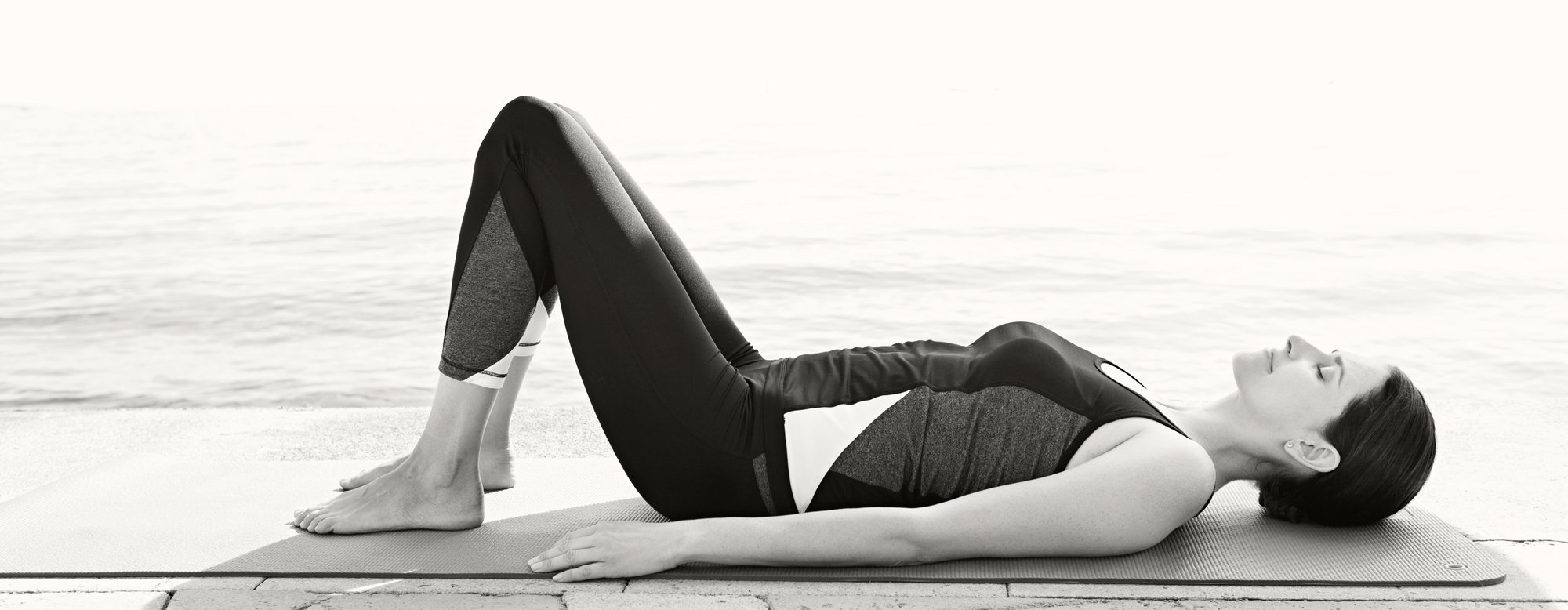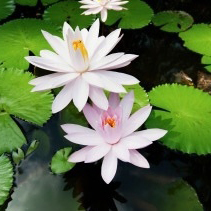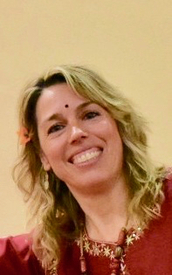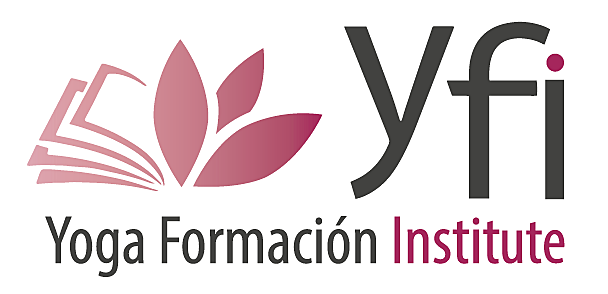The contact hours that make up this curriculum are distributed between different training areas:
- Chaining postures: Vinyasa flow is characterized by chaining postures to move from one to another giving variety to the class, a wide range of postures collected from different yoga styles is used. These positions are performed fluently, always using the breath as the great ally that connects one posture to the other. It is commonly known as yoga flow.
The wide variety of postures in Vinyasa Flow, means that in most cases, there are usually no two classes that are the same. The opposite would be "fixed forms" of practice, such as Ashtanga, from where Vinyasa Flow arises, which has sequences that are repeated, depending on the series that is practiced.
We can observe that in the practice of postures and styles in general there are some differences that we find in the classes.
- Variable nature: The variable nature of Vinyasa Yoga Flow is of great help to develop a balanced and healthy body, these being one of the main characteristics of the practice of Yoga postures in general.
As a philosophy, Vinyasa recognizes the temporal nature of things. When you enter a posture, you stay for a while, breathing, then moving on to the next. Vinyasa, or Vinyasa-Krama, dates back to the Vedic age - the earliest period of yoga - where it referred to a series or sequence of steps to do something sacred.
- Vinyasa Flow Yoga Features: Vinyasa Flow connects one posture to the next using breathing. This helps us unite or flow between postures, which is why it is called "Flow Yoga".
"Transitions" are what unite one position to another in Vinyasa Flow. They are the intermediate part of the practice and, these are considered as positions in themselves. To move in a more graceful and connected way in transitions, it is also important to allow yourself to be in them for as long as we sometimes keep in asanas.
- Synonym of movement: Vinyasa is synonymous with movement. Moving in and out of the postures is the obvious movement, but even in the stillness Vinyasa is represented by the heartbeat, inhaling and exhaling.
Move with your breath. The breath starts the Vinyasa movement and that is why it is called "synchronized breathing". Ujayi is the breathing technique used. It is done by inhaling and exhaling in a rhythmic way through the nose. The general feeling is of relaxation.
The practice of Vinyasa generates heat and can add a cardiovascular component that is not always present in other forms of asana practice.






